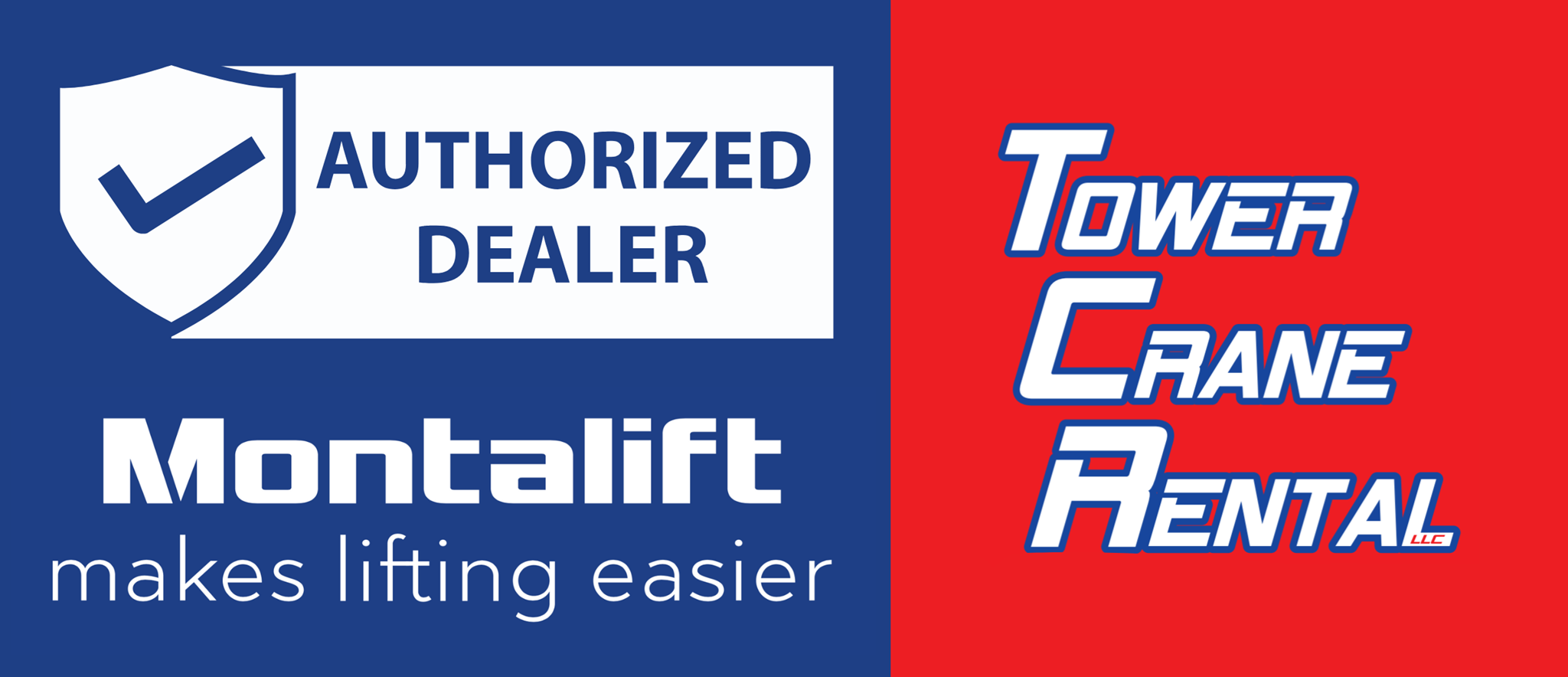
Operating a tower crane requires precision, skill, and an unwavering commitment to safety. As one of the most crucial pieces of equipment on construction sites, tower cranes are used to lift heavy loads and complete tasks that would otherwise be impossible. However, without proper safety protocols, the risk of accidents and injury increases significantly. This blog post will highlight essential safety practices, daily checklists, and the importance of certified operators to ensure crane operations run smoothly and safely.
1. Prioritize Daily Safety Checklists
One of the most important safety practices when operating tower cranes is performing daily inspections before use. These inspections should cover:
- Structural Integrity: Ensure that the crane’s mast, boom, and other parts are in good condition and free of any visible damage or defects.
- Hydraulic Systems: Check for any fluid leaks or malfunctions that could affect the crane’s performance.
- Safety Features: Verify that safety devices, such as load limiters, anti-collision systems, and warning lights, are functioning properly.
- Lifting Mechanisms: Confirm that hoists, winches, and cables are securely attached and free of wear and tear.
Having a detailed checklist ensures that operators do not overlook crucial components and that the crane is safe for operation each day.
2. Regular Maintenance and Inspections
In addition to daily safety checks, it’s essential to perform regular maintenance on tower cranes. This includes:
- Routine Inspections by Professionals: Certified crane inspectors should conduct thorough inspections to detect issues that might not be visible during daily checks. This could include checking the crane’s electrical systems, mechanical components, and structural joints.
- Lubrication: Regular lubrication of moving parts prevents unnecessary friction and wear, enhancing the crane’s performance and safety.
- Load Testing: Ensure that the crane can safely handle its rated capacity by performing load tests according to manufacturer guidelines.
Keeping up with regular maintenance schedules helps to avoid breakdowns or malfunctions while prolonging the lifespan of the crane.
3. Ensure Operators Are Certified and Properly Trained
Certified operators are a fundamental part of ensuring crane safety. Tower crane operators must undergo extensive training and certification to ensure they possess the skills required to operate the equipment safely. Certification courses typically cover topics such as:
- Crane Operation Techniques: Operators learn how to safely and efficiently control the crane, including proper lifting techniques and load management.
- Safety Protocols: Operators are trained to identify and mitigate potential hazards on the job site, such as unstable ground, weather conditions, and interference from nearby structures.
- Emergency Procedures: Operators are taught how to respond quickly and effectively to emergencies, including mechanical failures, electrical issues, and accidents.
Hiring certified and well-trained operators reduces the risk of accidents and ensures that the crane is used correctly in a wide range of construction scenarios.
4. Follow Industry-Standard Safety Protocols
Adhering to established safety standards is vital for every tower crane operation. Key protocols include:
- Proper Communication: Clear and consistent communication between the crane operator and the ground crew is essential. Use radios, hand signals, or other communication devices to coordinate movements and ensure safety.
- No Overloading: Always adhere to the crane’s specified weight capacity. Overloading the crane is one of the leading causes of accidents.
- Safe Load Handling: Ensure that loads are evenly balanced and securely fastened before lifting. Avoid sudden or jerky movements, as these can destabilize the crane.
- Personal Protective Equipment (PPE): Operators and crew members should always wear appropriate PPE, including helmets, harnesses, gloves, and high-visibility clothing.
By following these protocols, tower crane operators and construction workers can help minimize risks and create a safer work environment for everyone involved.
5. Monitor Environmental Factors
Environmental factors such as wind, weather, and visibility can have a significant impact on crane safety. Before beginning operations, operators should:
- Assess Weather Conditions: High winds, rain, and storms can reduce visibility and affect the crane’s stability. Avoid lifting during adverse weather conditions and monitor weather forecasts regularly.
- Ensure Proper Ground Conditions: The crane’s base should be stable and level to avoid tipping or instability during operation.
By monitoring these environmental factors, tower crane operators can prevent accidents and ensure that work proceeds safely.
Tower crane safety is a top priority on any construction site, and it begins with thorough daily checks, regular maintenance, certified operators, and strict adherence to industry safety protocols. By focusing on these practices, construction teams can minimize the risk of accidents, keep workers safe, and improve the efficiency of their projects. For crane rental and operations, make sure to partner with trusted professionals like Tower Crane Rentals who prioritize safety and expertise on every job site.

